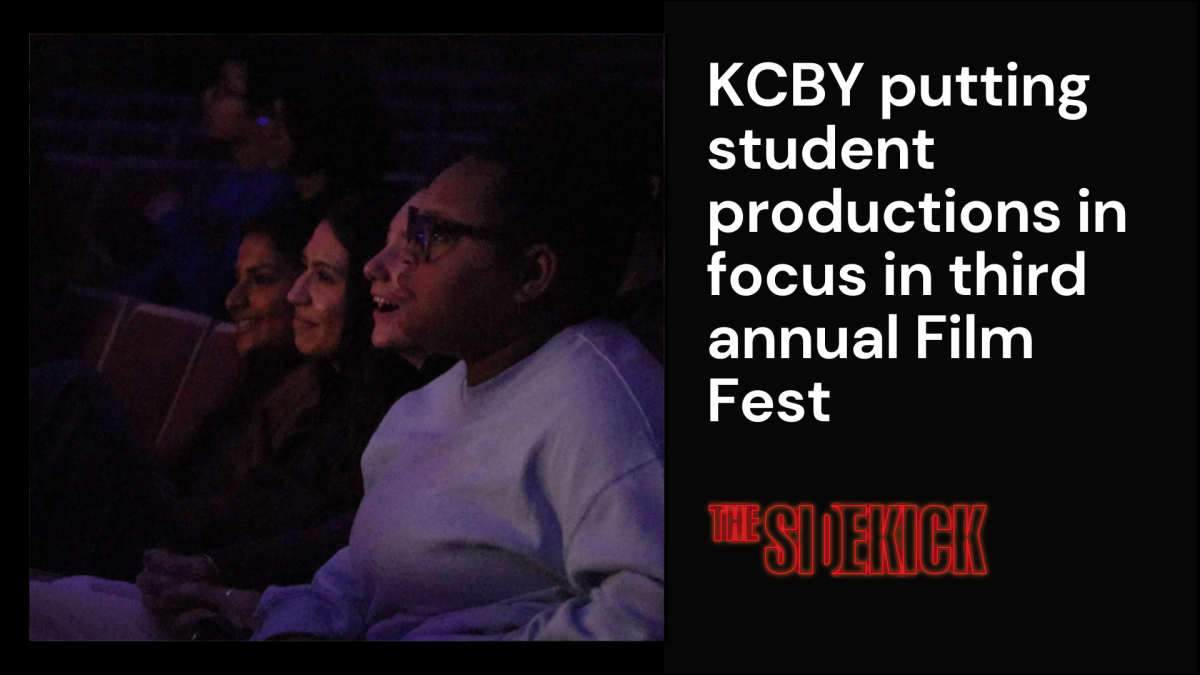By Alex Dalton
Staff Writer
Video by Jack Hobbs and Braden Creel
With the new Coppell ISD motto being “learners should be educators and educators should be learners,” teachers are taking a second look at the way they run their classroom.
Teachers were handed the CISD learning profile which talks about learning design and how teachers should approach learning situations based on their students and environment.
Some teachers have already made a big leap into this new request. Statistics teacher Michael McCabe recently spoke at a seventh annual Texas TSEM conference over his flipped teaching style. Anatomy and Physiology teacher Jodie Deinhammer connects to her students through her online Anatomy and Physiology textbooks, which is one of the most popular textbooks on iTunesU in the world.
AP and IB Environmental Science teacher Holly Anderson is using entirely project based learning for her students to use in order to learn each section in the curriculum. This gives them a way to incorporate their passions into the project they’re doing either by music, writing, or a unique presentation.
Aquatic Science and Biology teacher Laronna Doggett is using Blendspace for her teaching activities. Blendspace is a website enabling teachers to have their schedule and the work the student needs to do through almost solely technology.
Roxanne Farris, a chemistry teacher, has been doing her flipped classrooms for two years. Flipped classroom is teaching style where students learn from videos or presentations at home and come to class with questions and homework to do.
The big topic this year is what curriculum the teachers teach versus how they are going to teach it. CISD requested all teachers to keep their new motto in mind when designing their curriculum. Academy coach Clara Caussey is more involved in this program, and is excited to see it being implemented.
“Everybody that I know is always more invested with something is they helped develop it. I was recently on a strategic plan committee and I know that I am a lot more invested in telling everyone what the district’s plan is because I helped create it,” Caussey said. “If learners help create their learning environment they’re going to be a lot more invested in producing what the teacher has requested.”
Learner voice and choice is a new teaching style that has been starting to develop in varying classroom in the high school. From geometry to French to anatomy, teachers have been developing their craft to the students liking. Anthony Poullard, a second year staff member and Spanish teacher, has decided to take part.
In Poullard’s Academy classes, he is showing his students his what he has planned for each section they learn and is provided direct feedback from his. Caussey said this is a brave and rare choice among teachers because it requires him not to be afraid of what they might say.
“I see it more like a collaboration between me and my students,” Poullard said. “I get to say ‘Hey guys, this is what I want you to learn and how I want you to learn it, so how do you feel about that? I ask them if it incorporates their passions and if they think it will help them in the future.”
Poullard was originally inspired when he went to an academy meeting and was told that their was always more he could be doing to incorporate his learners opinions.
“Most teachers assume what students want but they never really consider us in their decision. Poullard is taking us aside and asking us what we want to do. He’s changes the curriculum to match us, so I think it helps us a lot, as students,” sophomore Zane Erickson said. “It’s better for us because it’s what we think we need and not what teachers decide we need, so I learn better this way.”
Although Erickson is not alone is his favoritism of the class, Poullard amends that not all students were as involved so quickly.
“Some of my students weren’t as verbal at first but after they saw other kids telling me about activities they liked via twitter, they were willing to tell me if they wanted to do activities like that again,” Poullard said.
Farris is fairly new to the flipped classroom concept, but believe that this does not define how organized her strategy is. Although Farris does not do flipped classroom in the first semester, she still enjoys the way it helps her classroom run.
“It gives them an opportunity to learn at their own pace. It gives kid that understand it fairly quickly a chance to move on and not have to wait around. Because the entire class doesn’t get it at the same time, this way they don’t get bored,” Farris said. “Kids that need to back and restart it, it gives them the opportunity to get all their notes as opposed to me lecturing and they only hear what i’m talking about once, and they won’t be able to write it down for quizzes or tests.”
Farris said the flipped classroom is more efficient especially for a science class because it allows students to do more hands on things in the class period.
“It gives students more of an opportunity to spend on classes that they are having trouble in because they don’t have to go to tutoring outside of class,” Farris said. “They have more of time to focus on extracurricular activities because they can just get the tutoring they need when they come to class. As it progresses, our course load so that we can go more in depth in our topics.”
With many students who are involved in athletics and clubs, Farris says it helps for when kids are missing due to sporting events or field trips. Because they have the material, it is not hazardous when they miss a class.
“I like it much better because I can learn what I need to learn with a clear explanation and if I have questions I can go to class with questions for her,” junior Loren Choi said. “I feel like flipped classroom is a good experience but not for every class. Chemistry is easy with flipped classroom but last year when I had to take math last year and I disliked it completely.”
Overall, the classroom environment change has been digested easily by students and admired by staffers.
“Different style classroom will start to become a trend when learners speak up and tell educators that they want to be taught in a different way,” Poullard said. “We try to empower them to make changes.”
With students feeling like they hold the key to their education and teachers feeling proud they got them there, the new CISD motto fits nicely for our outspoken generation.
“That’s the great thing about Coppell,” Caussey said. “It allows teachers and students to implement their ways for learning into their framework as they see best.”









